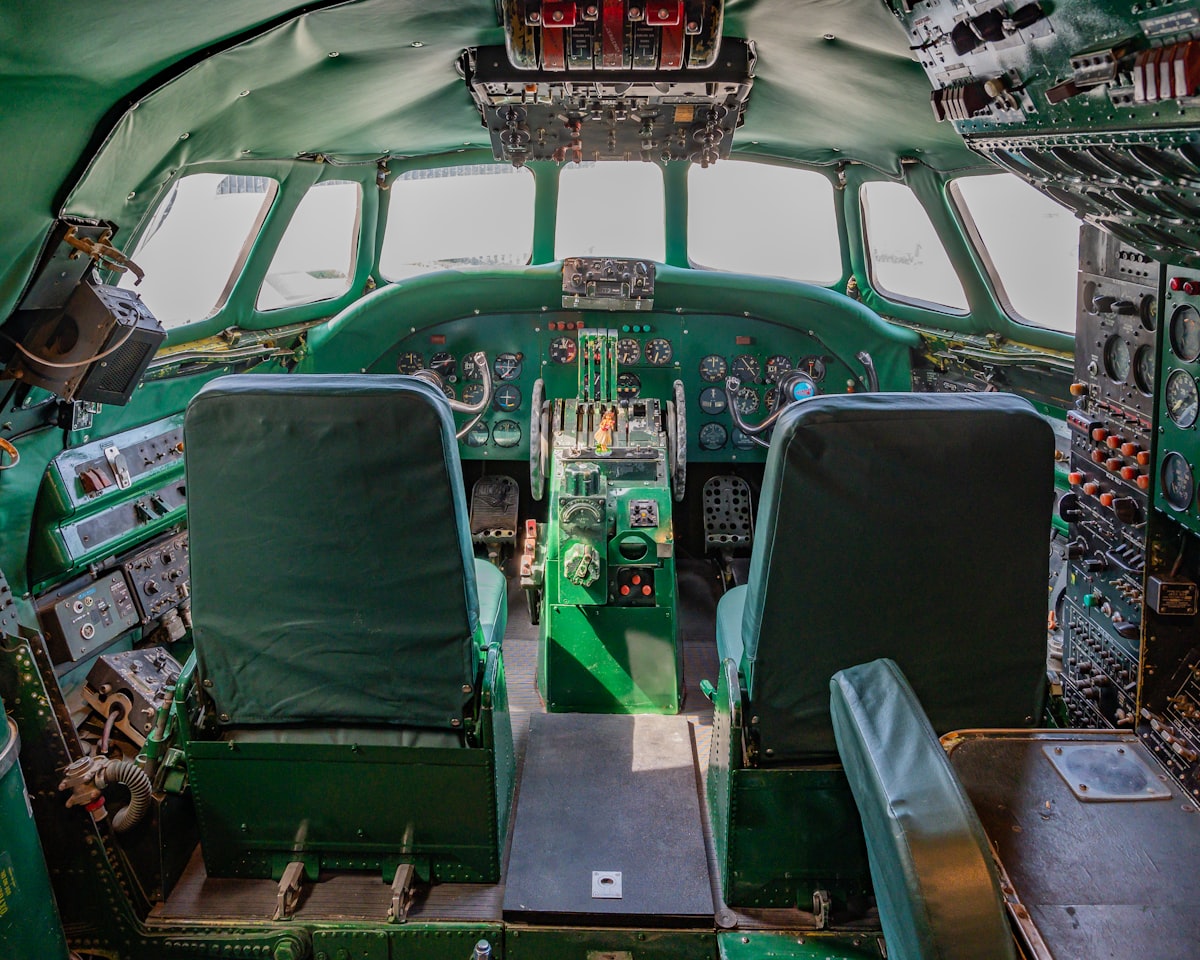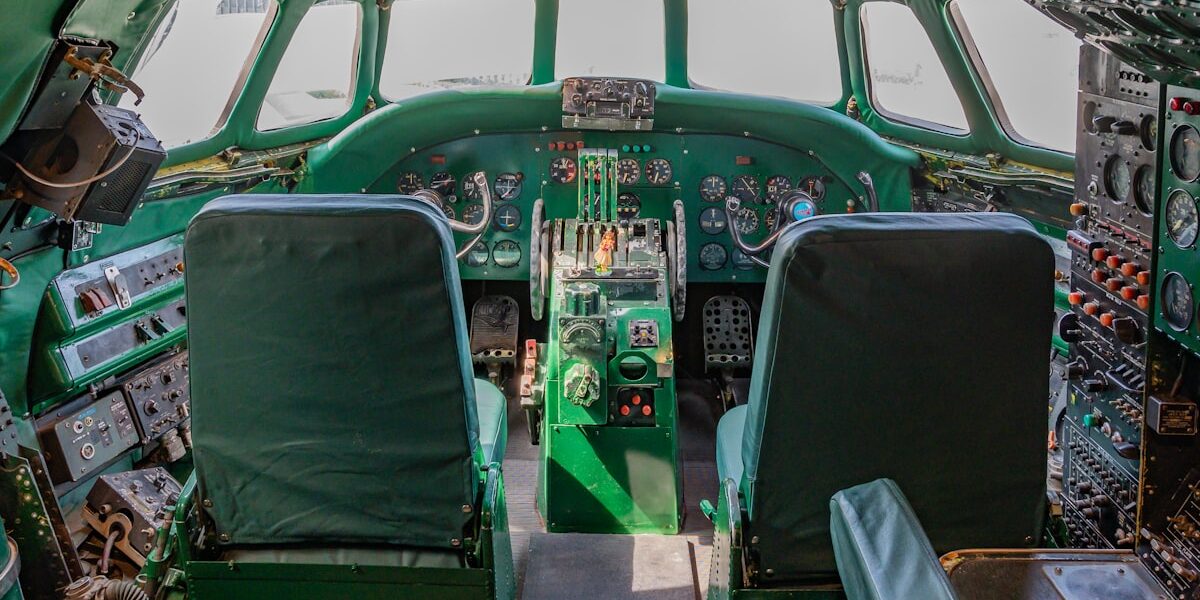X-Plane 12 vs Microsoft Flight Simulator
X-Plane 12 vs Microsoft Flight Simulator
Sim enthusiasts often find themselves deciding between X-Plane 12 and Microsoft Flight Simulator. Both have strong merits and each excels in different areas. Understanding these differences can help users choose the best platform for their needs.

Graphics and Visual Fidelity
Microsoft Flight Simulator is renowned for its stunning visual graphics. Leveraging satellite data and photogrammetry, the game offers incredibly detailed and lifelike scenery. Cities, landscapes, and weather patterns appear with remarkable realism. Users with capable hardware can explore a visually rich world.
X-Plane 12 also offers impressive visuals but follows a different philosophy. It uses procedural generation technology, creating landscapes algorithmically. This ensures consistency and smooth performance but may lack the intricate detail found in Microsoft Flight Simulator. However, X-Plane continuously updates and refines its textures, offering realistic environments.
Flight Dynamics and Realism
X-Plane 12 excels in simulating realistic flight dynamics. It uses a physics-based system called blade element theory which calculates the forces on different parts of the aircraft. This results in highly accurate behavior for various aircraft under different conditions. Pilots training with X-Plane often praise its realism.
Microsoft Flight Simulator also provides realistic flight dynamics but focuses more on accessibility. It uses a combination of aerodynamic modeling and data inputs to create a believable experience. The learning curve is often smoother, making it beginner-friendly while retaining realism.
Aircraft Variety and Detailed Models
Microsoft Flight Simulator boasts a wide range of meticulously detailed aircraft. From small single-engine planes to large commercial jets, the assortment is impressive. Each plane comes with intricate cockpits and functional systems, providing an immersive experience.
X-Plane 12 offers a robust selection of aircraft as well, though users often supplement their fleets with third-party add-ons. The community’s contributions are vast, with plenty of highly detailed aircraft available. Advanced users appreciate the flexibility and customization options in X-Plane.
World Coverage and Scenery
Microsoft Flight Simulator offers almost complete world coverage. It uses Bing Maps data to recreate the globe, giving users access to virtually any location on Earth. Popular landmarks and airports receive high-detail treatment, enhancing the realism.
X-Plane 12 provides good global coverage too, but its strength lies in its customizability. Users can download or create scenery packages, enhancing specific areas or airports. This modularity allows for a tailored experience and ensures users can fly over familiar, customized landscapes.
Weather and Environmental Effects
Microsoft Flight Simulator features dynamic weather systems powered by real-world data. Clouds, precipitation, wind, and atmospheric conditions change in real-time. The environmental effects are visually stunning and add a layer of realism to flights.
X-Plane 12 also offers dynamic weather but often requires user input for specifics. It allows for highly customizable weather conditions, making it perfect for specific training scenarios. The realism in environmental effects is strong, though not always as visually striking.
Community and Add-Ons
Both simulators benefit from active communities. Microsoft Flight Simulator has a broad user base and a growing library of add-ons available through the in-game marketplace. These enhancements range from new aircraft to detailed scenery packages and flight tools.
X-Plane 12 has a dedicated following and a wealth of third-party content. The open nature of the platform means users can access a plethora of mods and add-ons. From detailed aircraft models to realistic scenery, the community contributions are extensive and diverse.
System Requirements and Performance
Microsoft Flight Simulator demands significant hardware resources for optimal performance. High-end PCs with strong graphic cards and plenty of RAM are ideal. The game scales down for lower-end machines but at the cost of visual fidelity and smoothness.
X-Plane 12 is more forgiving on system requirements. It offers various settings to balance performance and graphics quality. Users with mid-range hardware can achieve a good balance of visuals and performance, making it accessible to more players.
Training and Professional Use
Pilots and aerospace professionals often use flight simulators for training purposes. X-Plane 12 is certified as an FAA Approved Aviation Training Device. This makes it suitable for professional training and serious flight practice.
Microsoft Flight Simulator is primarily designed for entertainment but still offers valuable lessons for aviation enthusiasts. It includes tutorials and training missions that help users improve their piloting skills. While not certified for professional use, it remains educational.
Virtual Reality Support
Virtual reality offers an immersive way to experience flight simulation. Microsoft Flight Simulator supports VR, allowing users to feel like they’re in the cockpit. The experience is visually impressive, especially with high-end VR setups.
X-Plane 12 also supports VR and is praised for its implementation. It provides a highly detailed and interactive experience without compromising performance. VR enthusiasts often highlight X-Plane’s ability to offer smooth and engaging flights.
Ease of Use and Learning Curve
For beginners, Microsoft Flight Simulator tends to be more approachable. The user interface is intuitive, and the built-in tutorials are comprehensive. New players can quickly get started and gradually explore more complex aspects.
X-Plane 12 can be more challenging for newcomers. Its interface, while functional, is sometimes seen as less user-friendly. However, for those willing to invest the time, the learning experience is rewarding. The depth and realism of X-Plane offer extensive learning opportunities.
Price and Value
Microsoft Flight Simulator offers different versions, from Standard to Premium Deluxe. Each version includes varying levels of content, affecting the price. The initial cost is higher, but it often includes more default aircraft and detailed airports.
X-Plane 12 provides a single version for purchase, with extensive community content available for free or at a lower cost. Users appreciate the value proposition, especially when combined with free third-party add-ons.




Subscribe for Updates
Get the latest articles delivered to your inbox.
We respect your privacy. Unsubscribe anytime.